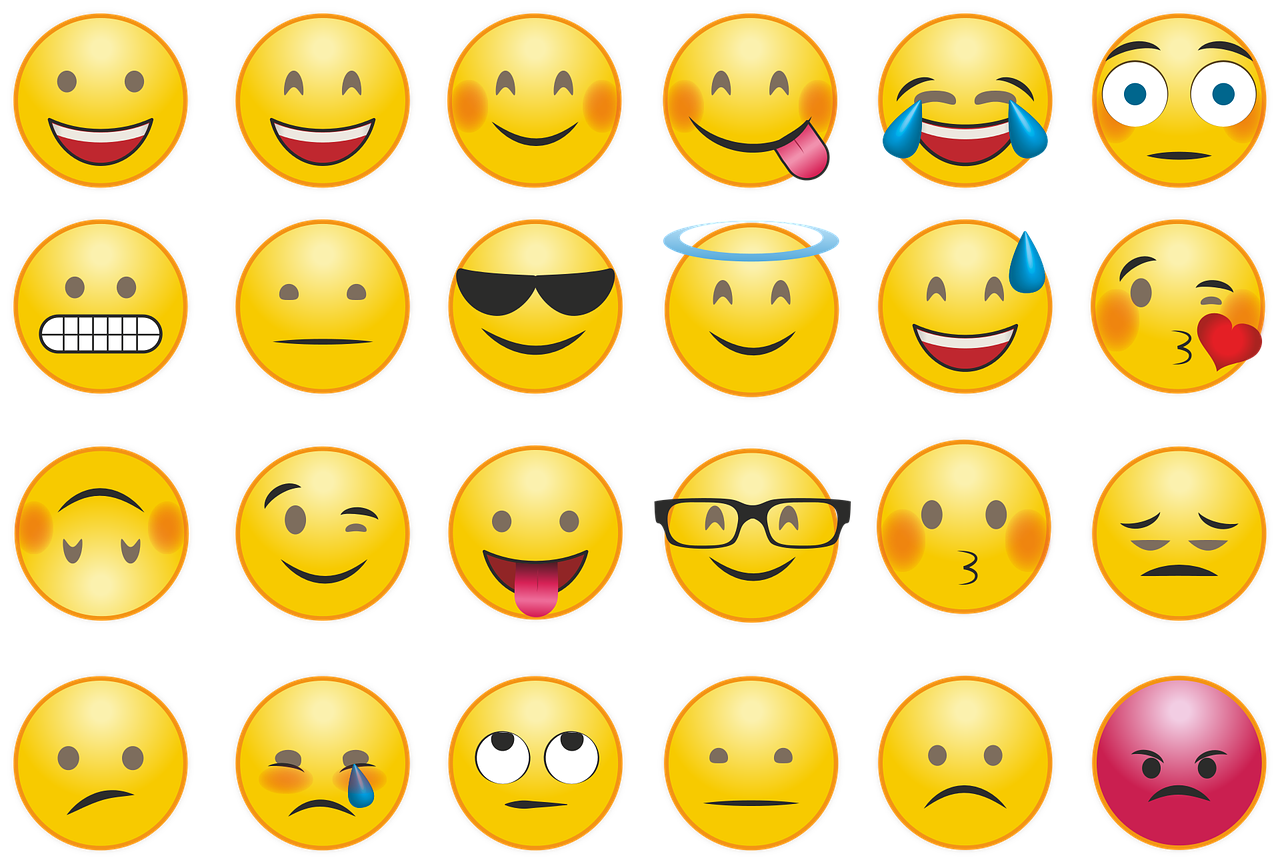Since their introduction in 2009, emojis have wormed their way into the way we talk. Today, millions of emojis are posted on social media statuses, exchanged in messages and chats. Even advertising and social media campaigns have gotten in the act, using these colorful ideograms to spice up campaigns. But how do you use emojis effectively in a campaign? You don’t just slap a fire emoji on your post and call it a day, right?
Context and relevance are the most important things to remember in social media campaigns. Let’s take a closer look at using emojis in your social media campaign and find out the tips and tricks in using these effectively.
Effective Emoji Use In Social Media
Don’t Overcrowd Your Message
In 2015, Chevrolet announced their new car, the 2016 Cruze via a press release made up entirely of emojis. The result was general confusion as people scrambled to decode what this message meant. The automobile manufacturer later came up with a text version of the announcement. This highlighted a limitation of emojis as a communication tool.
While using emojis to appeal to the millennial audience is all well and good, remember that emojis are not a substitute for words and images. When it comes to emojis, less is more. Remember, you’re looking for a way to jazz up your campaign, not totally dominate and erase the message.
Not All Emojis Are Equal
All emojis are created using the Unicode standard. However, each service provider has different means of delivering the same emoji. An example is the female mechanic emoji, which looks different on Google, Twitter and Instagram. They do have a recurring motif: a female in blue cover-alls wielding a wrench. Keep in mind that visual differences because of platforms can affect your message.
Another thing to look out for is differing usage and cultural differences. Some emojis may take a different meaning depending on how they are used. Cultural differences can also affect emojis and how they are interpreted. In China, for example, using the hand waving emoji can earn you quizzical reactions. Why? Well, this emoji is seen in the country as you not wishing to continue talking to someone. Be cautious when using emojis to prevent misunderstandings.
Use Emojis That Are Relevant To The Industry You’re Promoting
Emojis can look out of place or make your ads look awkward if you use something that isn’t relevant to what you’re promoting. People respond favorably toward social media campaigns that use relevant emojis, so keep that in mind.
Choose Your Platform Carefully
The choice of platforms can make emojis less effective or more effective. It’s all about targeting the right audience. Looking at millennials? Then use emojis that are more often used on mobile platforms. Recognize the best platforms and connect with your audience that way.
Emojis Are A Tool For Branding And Sales
Large companies have taken advantage of emojis as a branding tool and a way to increase sales. Coca-Cola paid twitter for their custom emoji to appear whenever #ShareaCoke was tweeted, while Domino’s Pizza lets the pizza emoji open a link to order from their stores when the pizza emoji appearing on their tweets is clicked.
Use Interactive Emojis
Interactive emojis are great at boosting engagement. Social media games involving emojis are popular with users and drive customer engagement.
Emojis Can Tell Stories And Share Information
General Electric’s Emoji Science Campaign was a great example of using emojis to share information. Users sent in emojis to receive video lessons on science, partnering with Mashable and Bill Nye.
Not to be outdone, the Smithsonian used emojis as a way to let users know about their exhibits. Clicking on an emoji would open a video on their website that would give information on key items on exhibit in the museum.
Test Emoji-Based Campaigns Before They Launch
Emojis are a tool new to marketing. Because of this, testing is needed before a campaign featuring emojis are used.
Some countries tend to use emojis more than others. Keep this in mind while designing a social media campaign. Emojis are best used for consumer goods and aren’t really suited towards campaigns that are more academic in nature. Also remember that emojis are best used to complement words and images, not replace them.
Replace Slang With Emojis
The rapid growth and diversity shown by emojis lets it be used as a substitute for slang in messages and campaigns. You can skip using LOL, ROFL and other slang terms and replace these with the appropriate emoji.
In Conclusion
Emojis are a great tool for conveying emotion and are more effective than plain text by itself. Emojis can add a human touch to your social media campaign. Used effectively, an emoji can boost your campaign towards the heights you want to reach and beyond.

